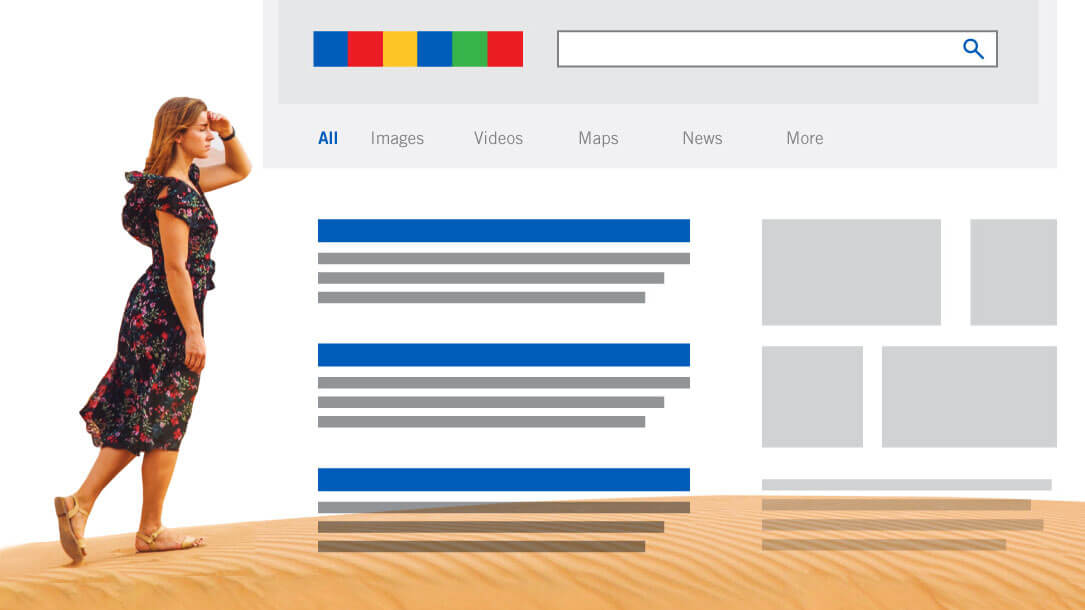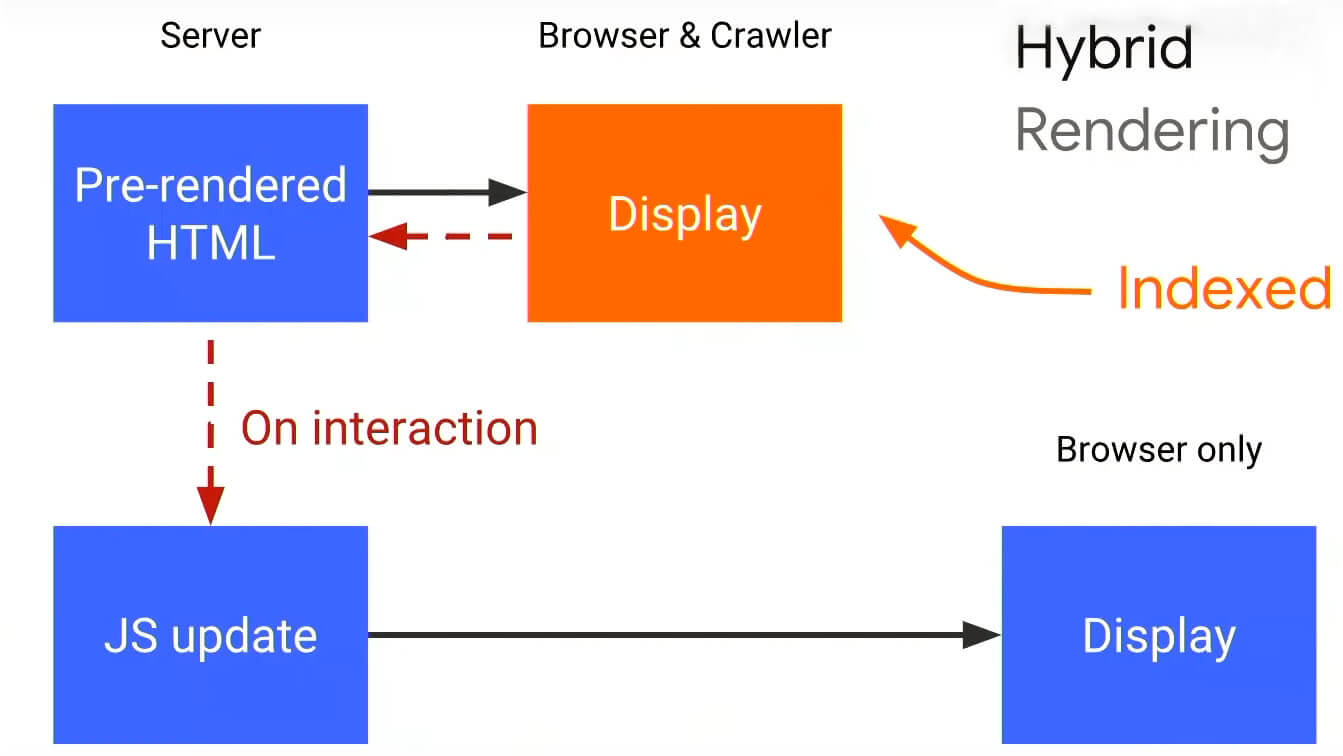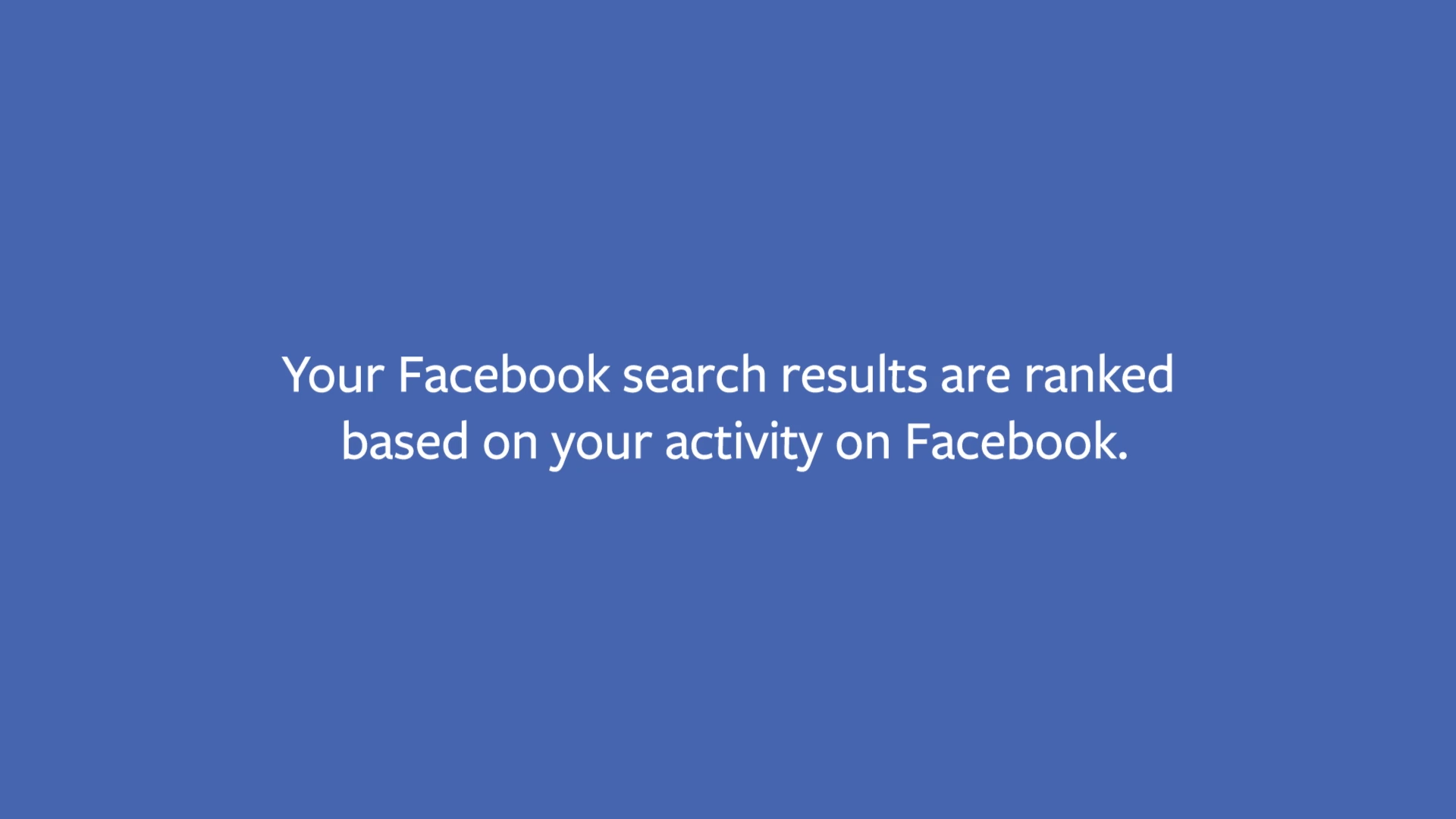Search is an exciting, ever-changing channel.
Algorithm updates from Google, innovations in the way we search (mobile, voice search, etc.), and evolving user behavior all keep us on our toes as SEOs. The dynamic nature of our industry requires adaptable strategies and ongoing learning to be successful. However, we can’t become so wrapped up in chasing new strategies and advanced tactics that we overlook fundamental SEO principles.
Recently, I’ve noticed a common thread of questioning coming from our clients and prospects around searcher intent, and I think it’s something worth revisiting here. In fact, searcher intent is such a complex topic it’s spawned multiple scientific studies (PDF) and research (PDF).
However, you might not have your own internal research team, leaving you to analyze intent and the impact it has on your SEO strategy on your own. Today, I want to share a process we go through with clients at Page One Power to help them better understand the intent behind the keywords they target for SEO.
Two questions we always ask when clients bring us a list of target keywords and phrases are:
- Should your site or page rank there?
- What will these rankings accomplish?
These questions drive at intent and force us, and our clients, to analyze audience and searcher behavior before targeting specific keywords and themes for their SEO strategy.
The basis for any successful SEO strategy is a firm understanding of searcher intent.
Types of searcher intent
Searcher intent refers to the “why” behind a given search query — what is the searcher hoping to achieve? Searcher intent can be categorized in four ways:
- Informational
- Navigational
- Commercial
- Transactional
Categorizing queries into these four segments will help you better understand what types of pages searchers are looking for.

Informational intent
People entering informational queries seek to learn information about a subject or topic. These are the most common types of searches and typically have the largest search volumes.
Informational searches also exist at the top of the marketing funnel, during the discovery phase where visitors are much less likely to convert directly into customers. These searchers want content-rich pages that answer their questions quickly and clearly, and the search results associated with these searches will reflect that.
Navigational intent
Searchers with navigational intent already know which company or brand they are looking for, but they need help with navigation to their desired page or website. These searches often involve queries that feature brand names or specific products or services.
These SERPs typically feature homepages, or specific product or service pages. They might also feature mainstream news coverage of a brand.
Commercial intent
Commercial queries exist as a sort of hybrid intent — a mix of informational and transactional.
These searches have transactional intent. The searcher is looking to make a purchase, but they are also looking for informational pages to help them make their decision. The results associated with commercial intent usually have a mix of informational pages and product or service pages.
Transactional intent
Transactional queries have the most commercial intent as these are searchers looking to make a purchase. Common words associated with transactional searches include [price] or [sale].
Transactional SERPs are typically 100 percent commercial pages (products, services and subscription pages).
Categorizing keywords and search queries into these four areas makes it easier to understand what searchers want, informing page creation and optimization.
Optimizing for intent: Should my page rank there?
With a clear understanding of the different types of intent, we can dive into optimizing for intent.
When we get a set of target keywords from a client, the first thing we ask is, “Should your website be ranking in these search results?”
Asking this question leads to other important questions:
- What is the intent of these searches?
- What does Google believe the intent is?
- What type of result are people searching for?
Before you can optimize your pages for specific keywords and themes, you need to optimize them for intent.
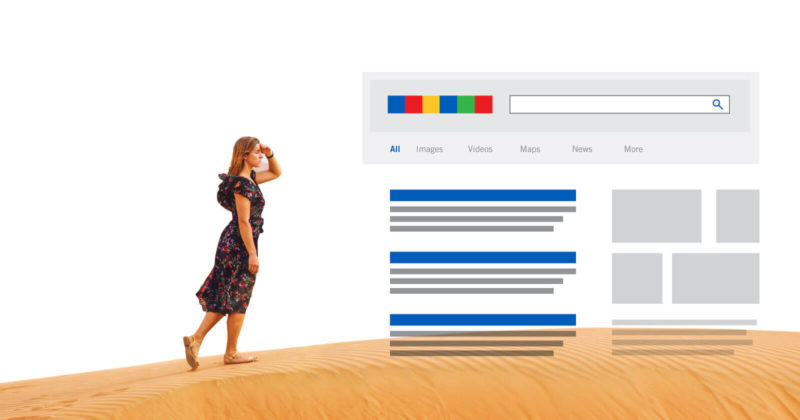
The best place to start your research is the results themselves. Simply analyzing the current ranking pages will answer your questions about intent. Are the results blog posts? Reviews or “Top 10” lists? Product pages?
If you scan the results for a given query and all you see is in-depth guides and resources, the chances that you’ll be able to rank your product page there are slim to none. Conversely, if you see competitor product pages cropping up, you know you have legitimate opportunity to rank your product page with proper optimization.
Google wants to show pages that answer searcher intent, so you want to make sure your page does the best job of helping searchers achieve whatever they set out to do when they typed in their query. On-page optimization and links are important, but you’ll never be able to compete in search without first addressing intent.
This research also informs content creation strategy. To rank, you will need a page that is at least comparable to the current results. If you don’t have a page like that you will need to create one.
You can also find (a few) opportunities where the results currently don’t do a great job of answering searcher intent, and you could compete quickly by creating a more focused page. You can even take it a layer deeper and consider linking intent — is there an opportunity here to build a page that can act as a resource and attract links? Analyzing intent will inform the other aspects of your SEO campaign.
Asking yourself if your current or hypothetical page should rank in each SERP will help you identify — and optimize for — searcher intent.
Answering intent: What will this accomplish?
A key follow-up question we also ask is, “What will ranking accomplish?”
The simplified answer we typically get is “more traffic.” But what does that really mean?
Depending on the intent associated with a given keyword, that traffic could lead to brand discovery, authority building, or direct conversions. You need to consider intent when you set expectations and assign KPIs.
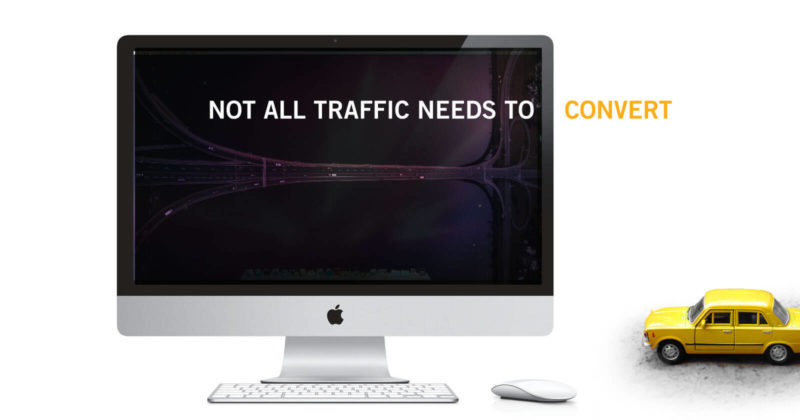
Keep in mind that not all traffic needs to convert. A balanced SEO strategy will target multiple stages of the marketing funnel to ensure all your potential customers can find you — building brand affinity is an important part of earning traffic in the first place, with brand recognition impacting click-through-rate by +2-3x! Segmenting target keywords and phrases based on intent will help you identify and fill any gaps in your keyword targeting.
Ask yourself what ranking for potential target keywords could accomplish for your business, and how that aligns with your overall marketing goals. This exercise will force you to drill down and really focus on the opportunities (and SERPs) that can make the most impact.
Searcher intent informs SEO
Search engine optimization should start with optimizing for intent. Search engines continue to become more sophisticated and better at measuring how well a page matches intent, and pages that rank well are pages that best answer the query posed by searchers.
To help our clients at Page One Power refocus on intent, we ask them the following questions:
- Should your site or page rank there?
- What will these rankings accomplish?
Ask yourself these same questions as you target keywords and phrases for your own SEO campaign to ensure you’re accounting for searcher intent.
Contributing authors are invited to create content for Search Engine Land and are chosen for their expertise and contribution to the search community. Our contributors work under the oversight of the editorial staff and contributions are checked for quality and relevance to our readers. The opinions they express are their own.

